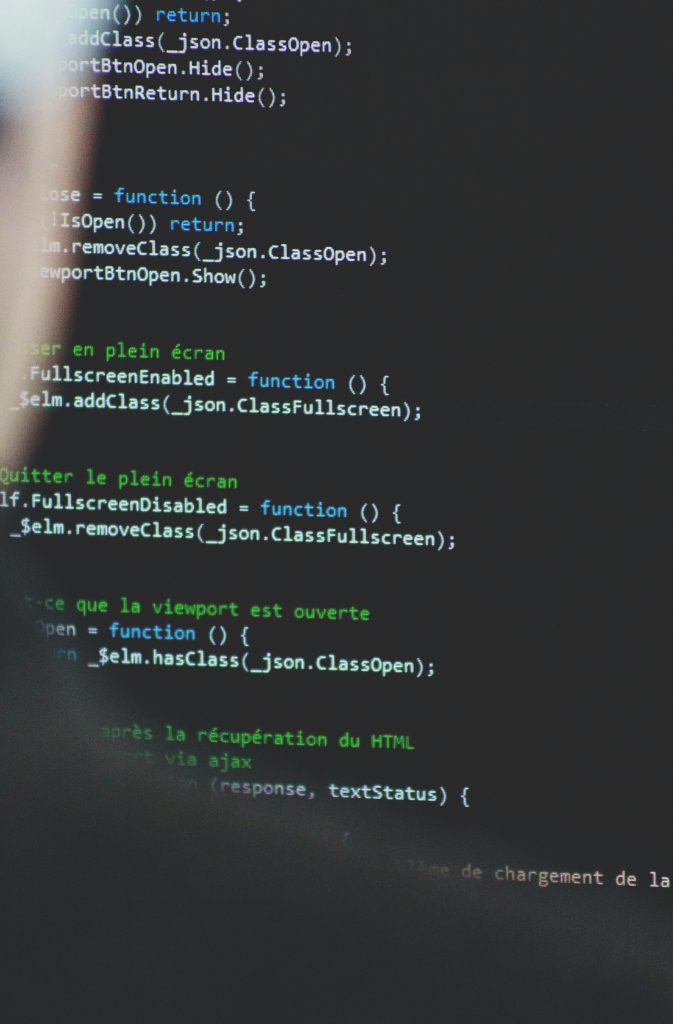There are implementing ISO cyber security policies that include written criteria. Thereby, these principles become the standard in cybersecurity.
In addition, this sets prescriptions for the ideal execution of certain measures.
It ensures performance protection, incorporation, and interoperability. Moreover, performs meaningful measures, decreases uncertainty and offers a new development framework.
ISO Cyber Security Standards
A security standard is “publishing of a model that has a common language with functional specific details.
Furthermore, the models should, in theory, be compatible with a regulation or a concept.”
Above all, the security standards aim to improve the safety of applications, networks, along with essential infrastructures in information technology (IT).
ISO – The International Standardization Body
As a rule, the cybersecurity standards have a world-class benchmark for consistency. Not only for protection but also for the performance of goods, utilities, and computers.
Besides, they contribute to international trade facilitation. On 23 February 1947, cybersecurity defined ISO Standard.
Indeed, it is an autonomous, multinational non – government organization.
IT Act–2000 Known as The Information Technology Act
The IT Act provides network elements for cyber-crime and e-commerce in India. Admittedly, the IT Act is from the 1996 UN Model Legislation on Electronic Commerce proposed by the United Nations General Assembly.
Moreover, this law controls the exploitation of Communication networks besides devices. In 2000, nations implemented it likewise, finally, in 2008 updated the Act.
It enhances namely: electronic-commerce, e-transactions, associated trade, and industry practices.
ISO Cyber Security Copyright Act Deals With Copyright Issues
The 1957 copyright law updated in 2012 deals with copyright issues in India.
Subsequently, a copyright is a legal concept that regulates the writers’ access to “original authorship works.”
Moreover, an original piece of innovation involves books, photos, animations, songs, and computer programs.
The Copyright Acts Refers to :
- First, Copyright owners’ rights
- Second, Work Protection
- Third, Copyright Length
- Last, Copyright holders
The Copyright Act is Not Valid on:
- Ideas, methods, processes, ideas, structures, values or results
- Works in a concrete form: choreography
- Familiar icons or patterns
- Titles, addresses, concise sentences, and logos
- Typographic variation, lettering or painting variants
Patent Law Protects New Inventions.
Cybersecurity protects products such as electronics, heating bobbins, automotive motors, or zippers is under the standard patent law.
Altogether, it contains a broad number of innovations, from corporate processes, coding algorithms, or GMOs.
Moreover, there is the freedom not to make, use, sell, manufacture, encourage others to violate, and have a substance suited to the copyright practice.
A Patent is Usually a Right and Obtained if Creation is:
- Not an entity or method of design
- Latest
- Meaningful
- Subtle
Cybersecurity IPR Empower Authors or Owners
Intellectual property rights empower authors or owners to enjoy plans and inventions.
Moreover, protects subjective property or expenditure through the production of patents, trademarks, or copyright-related works.
ISO cybersecurity provides article 27 of the Universal Declaration of Human Rights for IPR.
Besides the right to profit from the writings of the scientific, literary, and artistic output of moral and interesting material.
In conclusion, the bearer may practice control over the use of the object for a time under these property rights.

